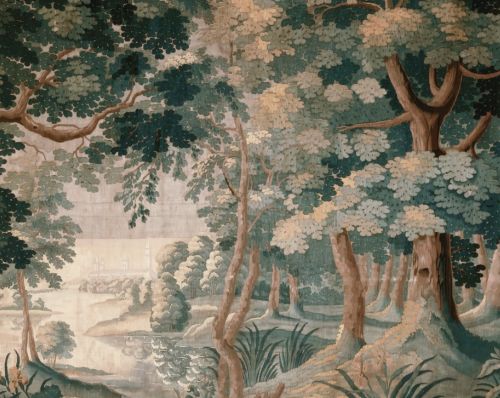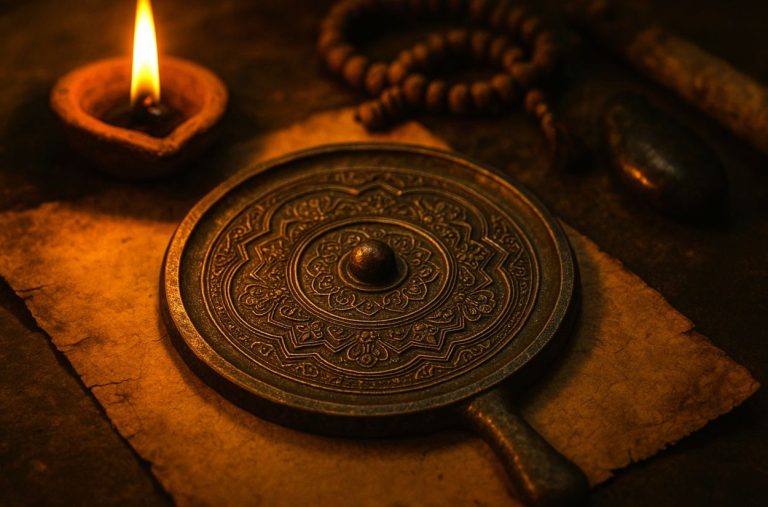

Wallpaper has done more than decorate, it has been a history, technology, and culture, reflection. Wallpaper comes in the form of hand-painted pigments on paper, or digitally printed rolls delivered to your doorstep, explaining how design keeps up with tastes and technology of the society. We can have a glimpse of how this age-old art form has changed down the centuries.
The Origins of Wallpaper
Wallpaper has its origins in ancient China where decorations were painted on rice paper. When Papermaking was introduced in Europe during the Middle Ages, the people were experimenting with block printing to produce repeating patterns.
Wallpaper was originally considered a status symbol, rich nobles and families would use it to imitate tapestries and deny themselves a lot of money. All of the rolls were hand-made, and the colors were used on natural pigments- thus each piece was distinct.
The Golden Age of Design
Wallpapers had reached the level of taste and sophistication by the 18th century. The development of printing technology enabled the artisans to create elaborate designs with florals, landscapes or mythological images.
The initiative to innovate design designs came first by France where companies such as Zuber created panoramic wallpapers that turned rooms into artistic experiences. This was the period when wallpaper ceases to be a background element but a decoration of an interior design.
Industrial Innovation
With the Industrial Revolution, everything was different. Wallpaper was affordable and made accessible to the home of the middle class through the use of machines. The designs were more diverse- romantic florals or bold geometrical prints. Mass production made wallpaper available to almost any because of which the 20th century became the center of an explosion of creativity.
The Modern Era of Creativity
Now skip past to the present and wallpaper has been reborn in a new renaissance. Through digital printing, home owners are now able to make their patterns or with infinite options available to them.
Peel and stick wallpaper mural has changed the decoration process to be more flexible and easier than ever before. Individuals can recycle their walls without adhesive or mess-up-ideal when renting or those that wish to decorate their space frequently.
Nature and Nostalgia
Interestingly, the current trends of wallpaper usually take the past as inspiration. The elaborate botanical prints, and animal decorations so much used in previous centuries, have returned in a stylish revival.
As an example, animal wallpaper in the design of a safari animal wallpaper adds adventure and beauty to a room which reminds of the hand-drawn designs of the 1800s but with contemporary touch. Not only do these prints give tributes to the past but it also brings us back to nature even when we are indoors.
The Timeless Appeal
Since the slightest brush strokes up to digital accuracy, wallpaper has been covered with the need to wrap humanity with beauty. Its history reflects upon ours – always changing but based on the traditions of craft and art.
What started as a manual form of art is now a convenient, multi-purpose means of individual expression. And in all times, wallpaper helps keep reminding us that the walls which surround us are much more than mere isolating factors-they are also narrators on their own.
Conclusion The way Wallpaper is taken to become a pigment and then a print is a masterpiece of modernity and creativity. Thanks to being hand-painted centuries ago or printed at home today, it is still one of the ways in which history, culture and design each have a voice.


